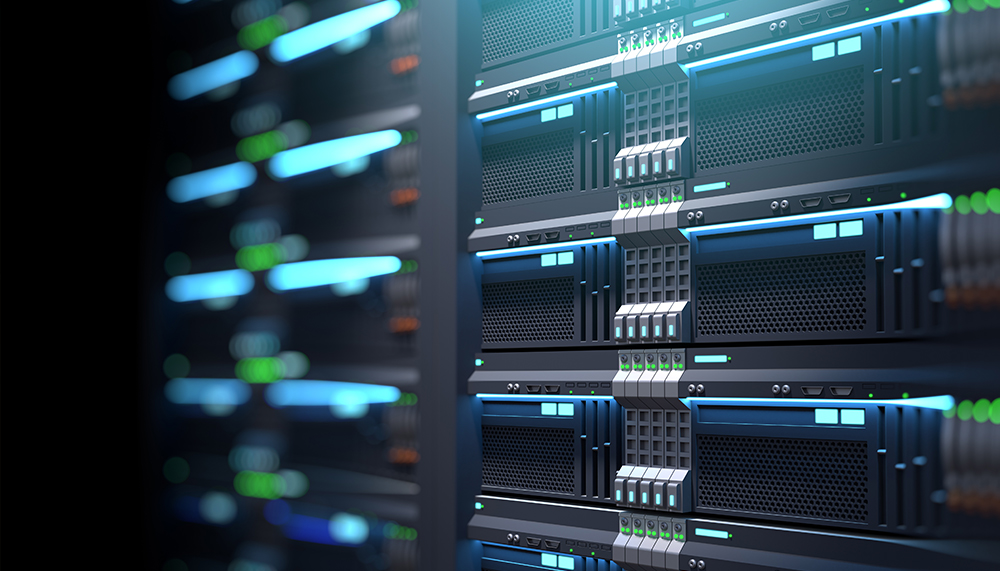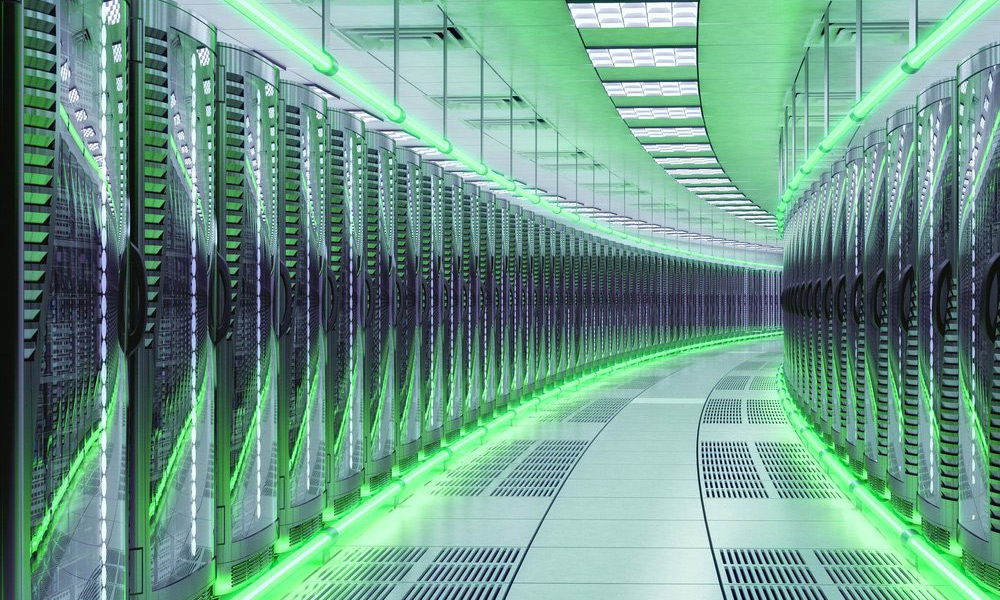5 Most Common Causes of Downtime and How to Anticipate Them

Downtime is costly and painful for modern businesses, regardless of their sizes. According to Gartner, the average cost of IT downtime is $5,600 per minute. Downtime, at the low end, can be as much as $140,000 per hour, $300,000 per hour on average, and as much as $540,000 per hour at the higher end. However, reducing the frequency and impact of downtime is actually as simple as understanding the main causes and taking proactive steps. We’ve listed five most common causes of downtime and the best practices to anticipate them.
Hardware Failure
Hardware failure has been crowned as the most common cause for data center downtime. Hardware presents a wide range of potential issues — from a server going down to a data center cooling system malfunction, and each is challenging in its own way. Part of the challenge is that many of these failures are unpredictable. In fact, outdated hardware, which is particularly vulnerable to failure, often just breaks when it’s time.
Best practice:
To reduce the risk of hardware failure, constant monitoring, checks, maintenance, and updates on data center equipment are important. For example, modern data centers deploy predictive analytics to identify problems and estimate when some equipment is due to fail. In addition, it’s also vital to have enough redundancies in place and always replace outdated equipment when it’s time.
Software Failure
Software failures may be less common than hardware failures, but they’re still troublesome. It’s important to note that network systems are only as effective as the software they’re running and outdated software is problematic because it lacks up-to-date security measures and drivers to keep high traffic networks up and running. This means that proper updates are vital.
Best practice:
Essentially, data centers will be ready for any form of software failures by paying attention to details when it comes to software compatibility and performance. It can be done through routine monitoring, updating, and testing of critical software systems to ensure the software applications function smoothly and ready to perform anytime.
Human Error
Besides hardware failure, human error is at the top of the list. Many of the well-known service outages in the past few years were essentially caused by human error, both through accident or negligence. Unfortunately, although data centers can deploy all necessary measures to reduce the likelihood of the issue, it’s just impossible to completely guard against human error.
Best practice:
The necessary measures data centers implement include accurate documentation of routine tasks, implementing policies on device usage, and education to reinforce processes and policies. In addition, automation and predictive analytics can also be utilized to reduce the threat.
Natural Disasters
Natural disasters rarely occur, but when they do, they pose significant threats to networks. It’s not only about big weather events like heavy flooding or high-magnitude earthquakes. Smaller events such as lightning strikes have also proven to be serious and frequent causes of downtime.
Best practice:
To avoid natural disasters, it’s vital for a data center to have both a disaster prepared plan and a disaster recovery plan. Generally, all safety measures must be in place before an event occurs. There are several things to do: testing emergency systems both for functionality and monitoring, getting personnel trained for disaster recovery, and exercising and confirming all redundancy functions.
Cyberattack
Although it’s not the most common cause of downtime, cyberattacks usually make big headlines when they occur. Networks are vulnerable to attacks like system hacking, data theft, and ransomware. Even if a system is relatively secure, it may still be vulnerable to DDos attacks which can paralyze and crash servers during traffic spikes.
Best practice:
To handle cyberattacks, data centers need to stay agile by spotting and responding to threats as early as possible. Predictive analytics can be used to identify vulnerabilities in network infrastructure, and certain algorithms can monitor and log suspicious patterns or activities to provide higher levels of security against cyberattacks.
At its core, anticipating downtime is about taking downtime seriously. Experienced organizations and reliable data center providers usually have carefully planned and taken every precaution to keep their services up and running as much as possible and, if outages happen anyway, to bring critical systems back on-line immediately.

















